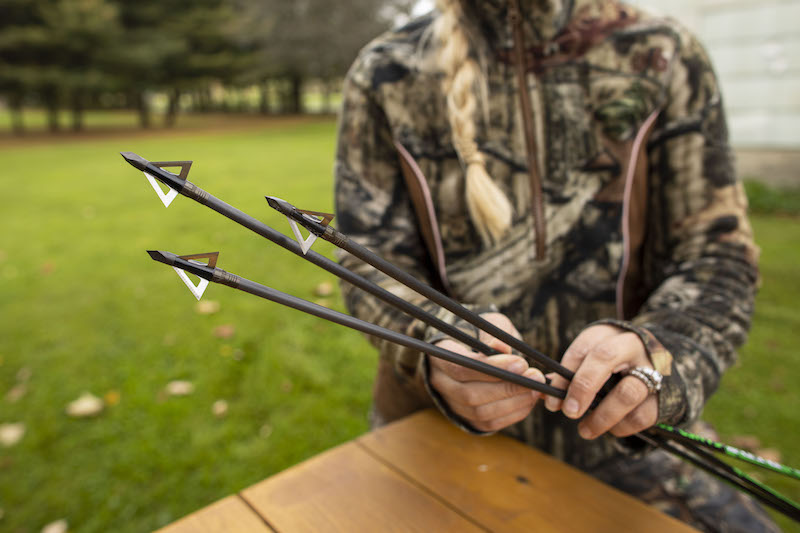It’s January in the Midwest. Most deer seasons have ended, and winter’s lethargy threatens. What’s a bowhunter to do? Hunt predators!
What qualifies as a predator? That broad category includes foxes, bears, raccoons, bobcats and coyotes. Hunting seasons are fairly long for many of the smaller animals, and require a fur harvester or other license. Check with your state wildlife agency for season dates and license requirements.
Once you know what you’re hunting and when you can hunt it, it’s time to discuss setups. You don’t need an ultra-specialized setup to hunt predators. A few tweaks to a deer hunting setup is all you need for the late-season woods. Even so, you must consider a few things when hunting predators with a bow.
Deer hunting with a bow requires lots of stealth, but bowhunting a predator from ground level pits you against highly wary animals. They have uncanny skills for sneaking into range silently. Getting a shot at any of them is a huge victory.
You’re sitting in a snowbank, and you’ve called and decoyed a predator into range. Now what? If you’ve adjusted you deer hunting rig, you’ll reap huge dividends. Let’s assume it’s cold. Every bowhunter knows what happens when their muscles get chilled. It’s hard to draw your bow.
Solution? Lighten your draw weight. Few small predators weigh over 50 pounds. That’s less than half the size of a small Midwestern white-tailed deer. You don’t need an 80-pound draw weight to arrow 50-pound predators.
How about your arrows? In most cases, you can use the same arrows you use for deer hunting. The bigger variable is broadheads. Some bowhunters prefer heads with a massive cutting diameter for maximum hemorrhaging. They reason that predators usually offer small targets, and shot placement is often tough. A wider cutting diameter improves the odds of vital hits and swift kills.
Others argue for small cutting diameters, reasoning that many predators render fine fur. If you want to save or sell the hide, massive entry and exit wounds might reduce its value. Visit an archery shop to discuss these pros and cons, and find the right broadheads for your bow.
Another critical component is your arrow rest. As in deer hunting, you’ll sometimes shoot from difficult positions. You can’t afford to have your arrow fall off at mid-draw. That’s why a full capture rest that contains the arrow is an excellent option.

Determine what type of broadhead will work best for the animal you are hunting. Photo Credit: ATA
Successful predator hunting with a bow depends on your ability to make precise shots consistently. Practice with your hunting setup while wearing your hunting clothes, and practice shots while kneeling or contorted in difficult positions.
Are you ready to get outdoors and fend off post-deer season blues? Head to an archery shop to tweak and tune your gear, and then go chase some predators.